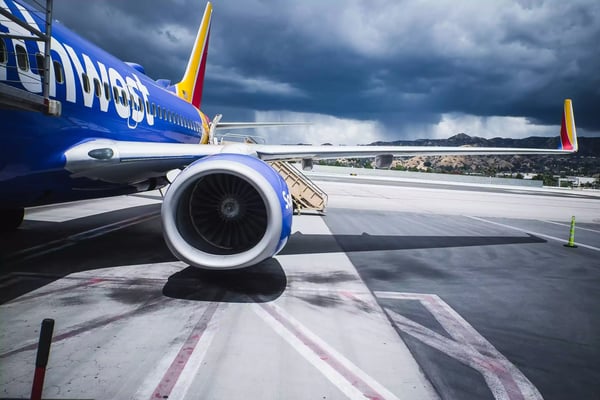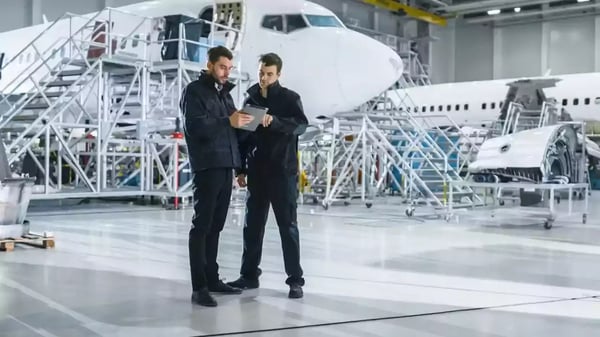We live in an era where technology is advancing more rapidly than ever at any other point in history. Every industry worldwide is undergoing a technological revolution, and the aviation industry is no different. From the advent of predictive maintenance to improving cloud technologies, this article will summarize the top 5 aviation industry innovations and trends in 2024.
After reading this article, you will understand the key drivers of aviation and what you can do to stay ahead.
Cloud Technologies
Regarding aircraft transportation, commercial aircraft in particular, information transfer needs to be instantaneous or as close to instantaneous as possible. More than anything, cloud technologies enable other technologies in the aviation industry to prosper, several of them mentioned later in the article. With artificial intelligence and big data playing an increasingly large role in aviation, the efficiency and security of cloud-based technologies have become more important than ever.
One of the softwares enabling the adoption of these new technologies is Aviadex.io. It streamlines data exchange, allowing collaborators to integrate once and choose which data is shared, and to whom. It eliminates manual data entry work and complexity for users.

Predictive Maintenance
Predictive maintenance is one feat greatly enabled by advancements in cloud technology. As opposed to traditional, time-consuming, and inefficient maintenance, predictive maintenance leverages machine learning to optimize time and resources spent on maintenance tasks. The best predictive maintenance software can determine which aircraft components need repair before they show any signs of suboptimal performance. Not only does this save time, but it also helps save costs for an airline, as they can now purchase spare parts in advance and only when necessary for repairs.
Sustainability Innovations
The aviation industry has committed to achieving net zero carbon emissions by the year 2050. Through this ambitious objective, green technologies in the industry have begun to emerge. One such technology is sustainable aviation fuel (SAF). Of all the technologies that could bring the aviation industry closer to its ecological goals, the popularization of SAFs shows the most promise regarding its impact and effectiveness.
Digitalization of Airports
Although digital technology has existed for quite some time now, digitizing an industry as large as the aviation industry is a complicated process. Thankfully, airline engineers are up for the task, as evidenced by the bleeding-edge technology used to replace manual processes in Helsinki Airport (among others). Such technology doesn’t have to be convoluted to be impactful either. Something as simple as better security control so passengers can leave electronics and liquids in their bags while scanning them will save loads of time in the long run.
Social Distancing Technology
The COVID-19 pandemic hit the aviation industry especially hard, and to fight back, airline engineers have designed ways to maximize the safety of the boarding and flying process. Using cameras and 3D sensors, smart airport technologies are capable of monitoring airport traffic and rerouting it to minimize the amount of human contact that may occur during a passenger’s travel day. Other simple measures, such as virtual queueing, make safe travel a possibility in this day and age.
2022 is proving to be another productive year for reaching new heights in the aviation industry. Every year, technological advancements make flying safer, faster, and more eco-friendly. Despite the hurdles that airlines have faced, from the pressure to go carbon neutral to the COVID-19 pandemic that has reduced the number of daily flights, these advancements in technology have allowed the aviation industry to continue to prosper.


 Jichen Lu
Jichen Lu
 If you are interested in knowing how you can improve your efficiency in maintenance operations, book a 30-minutes discovery call with us.
If you are interested in knowing how you can improve your efficiency in maintenance operations, book a 30-minutes discovery call with us.

